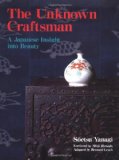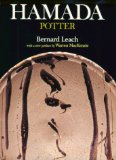Beginning Sunday, September 4, 2010, arttextstyle.wordpress.com will feature a series of weekly guest posts by Kim Schuefften. Schuefften has lived in Japan since 1963. A former editor at Kodansha International, he worked on some 100 books there including:







 Flight by Lissa Hunter
Flight by Lissa Hunter










